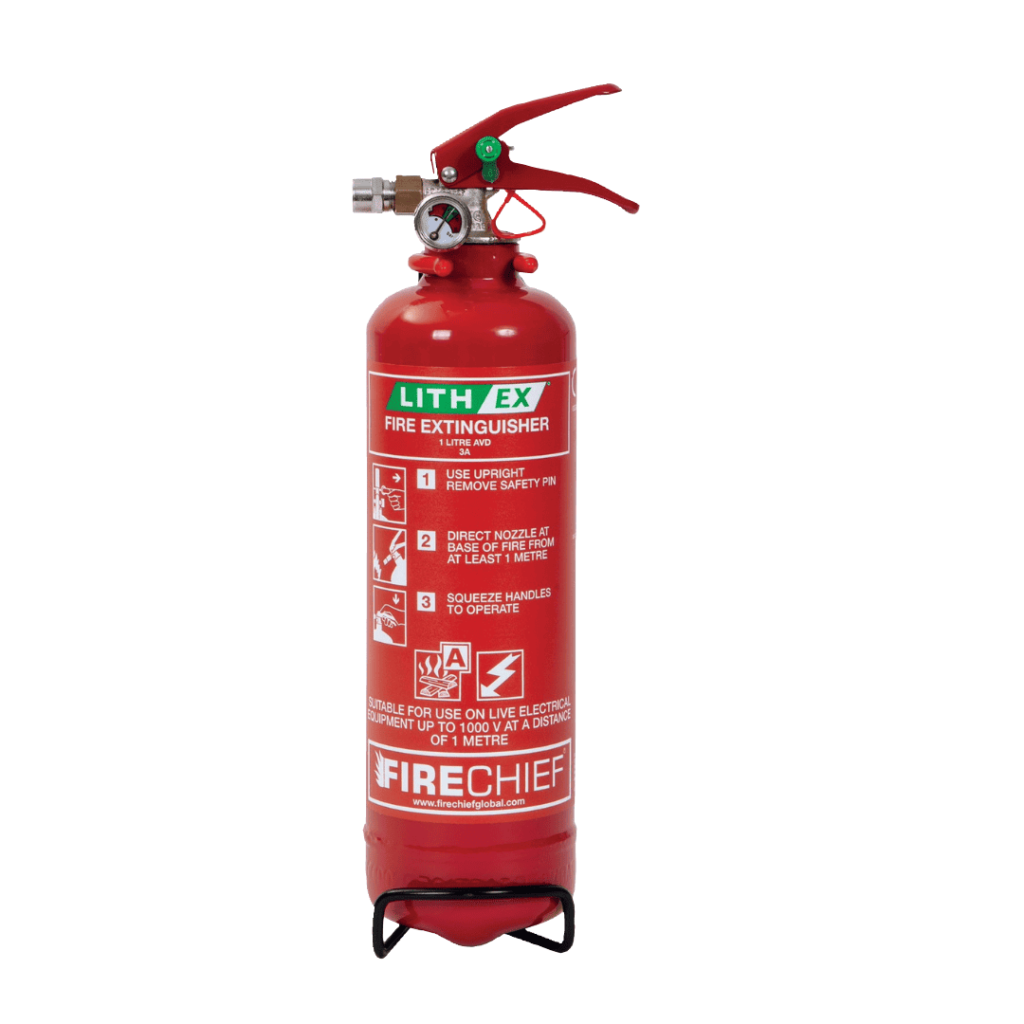In this informative article, we aim to clarify these misunderstandings and provide you with accurate, reliable information. Understanding the truth about fire extinguishers can make all the difference in an emergency, transforming uncertainty into confident action. Join us as we dispel the myths and empower you with knowledge, ensuring that you and your home are well-equipped to handle a fire emergency safely and effectively.
Myth 1: All Fire Extinguishers are the Same
This myth is quite misleading as fire extinguishers are distinctly classified based on the type of fire they are designed to combat. Understanding these classes is crucial:
- Water Extinguishers: Ideal for Class A fires involving combustibles like wood, paper, or textiles.
- Foam Extinguishers: Effective on Class A and B fires, suitable for flammable liquids but not for electrical fires.
- Dry Powder Extinguishers: Versatile, used for Class A, B, and C fires, including flammable gases.
- CO2 Extinguishers: Perfect for Class B fires and electrical fires due to their non-conductive nature.
- Wet Chemical Extinguishers: Specifically designed for Class F fires, commonly used for cooking oil or fat fires.
Each type works differently and is formulated to tackle specific fire classes. Using the wrong type can be ineffective or even dangerous, emphasizing the importance of correct extinguisher selection.

Myth 2: Fire Extinguishers Last Forever
Debunking Myth 2 involves understanding that fire extinguishers, unlike fire blankets, have a limited shelf life and require regular maintenance. Fire blankets, made of fire-resistant materials like fiberglass, don’t expire and need minimal upkeep.
Consider a home scenario: a small kitchen fire starts. While a fire blanket can immediately smother it, an expired or poorly maintained fire extinguisher might malfunction, escalating the situation. This highlights the importance of regularly checking extinguishers’ expiration dates and ensuring they’re in good working condition for reliable fire safety.
Myth 3: Using an Extinguisher is Easy and Intuitive
Debunking Myth 3 about fire extinguishers involves understanding that using them correctly is not as intuitive as it may seem. Imagine a scenario in your kitchen where a small grease fire starts. In panic, you grab the fire extinguisher.
However, without knowing the PASS technique – Pull the pin, Aim at the base of the fire, Squeeze the handle, and Sweep side to side – your attempts might be futile. This highlights the importance of familiarizing yourself with the extinguisher’s operation, even through a quick read of the instructions or a basic training session.
Proper knowledge can turn a potentially dangerous situation into a quickly resolved one, underscoring the necessity of being prepared and informed.

Myth 4: A Small Extinguisher is Ineffective for Big Fires
Myth 4 suggests that the size of the fire extinguisher determines its effectiveness, but this isn’t always the case. Small fires, like a burning curtain, can typically be handled by a smaller extinguisher (2-5 lbs), which can effectively control flames without being cumbersome.
For larger domestic fires, such as a significant portion of a room ablaze, a medium-sized extinguisher (10 lbs) is more suitable. Big fires, however, especially those spreading beyond a single room, require professional intervention.
Understanding the capacity and appropriate use of different sizes of extinguishers is crucial in effectively handling fires of varying scales.
Myth 5: Once Used, Extinguishers Can be Refilled and Reused Immediately
Expanding on Myth 5, it’s crucial to understand that fire extinguishers can’t be simply refilled and reused immediately after discharge. They require professional servicing to ensure they are recharged correctly and the internal components are in good working order.
This process involves checking for any damages or leaks, ensuring the extinguisher is filled to the correct pressure, and replacing any used or expired components. Failing to service an extinguisher properly can lead to malfunction during a crucial moment, rendering it ineffective when most needed.
Thus, after using an extinguisher, even partially, it’s vital to have it serviced by a qualified professional before relying on it again for safety.

In debunking these common myths about fire extinguishers, we’ve shed light on their actual capabilities and limitations. Understanding the different types, maintenance requirements, correct usage, and capacities of fire extinguishers is vital.
Equipped with this knowledge, you can now ensure the right fire safety measures are in place in your home, leading to a safer environment. Remember, being informed and prepared is key in effective fire safety management. Stay safe and vigilant.

